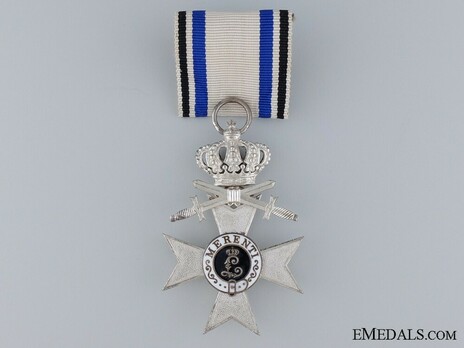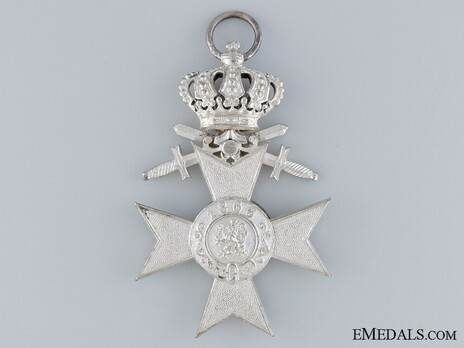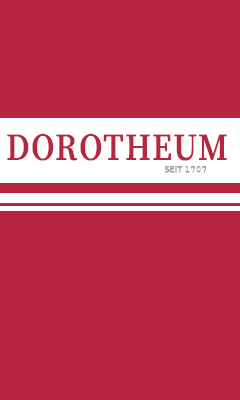Order of Military Merit, Military Division, II Class Military Merit Cross
SKU: 01.BAV.0107.213.01
Estimated market value:


Estimated market value:
Attributes
Physical Description
A silver Maltese cross. The 12 o'clock arm bears two crossed swords. The obverse with a circular central medallion with the cipher of King Ludwig III, surrounded by a ring inscribed “MERENTI” (Merit). The reverse bearing the Bavarian crowned lion circumscribed by a buckled belt, dated “1866”. On a loop for suspension.
There are examples of the II Class Military Merit Cross with or without a crown suspension. The II Class Military Merit Cross could also bear an enamelled obverse centre medallion.
History
The Order of Military Merit was established on July 19, 1866 by King Ludwig II of Bavaria. It was Bavaria’s main decoration for acts of bravery and military merit; however, it was ranked below the Military Order of Max Joseph. Military personnel, civilians acting in support of the military, and members of foreign armies were eligible for the Order of Military Merit. If an individual’s act of bravery or merit was exceptional, they qualified for the Military Order of Max Joseph.
The award was initially awarded in five classes: Grand Cross, Grand Commander, Commander, I Class Knight and II Class Knight, and an affiliated Merit Cross. Award ribbons varied based on division and class.
In 1891, swords were donated to all classes for acts of bravery or merit in war. The order could be conferred with or without swords; awards with swords were generally issued during periods of war or combat.
In 1900, the Officer’s class was added to the order. In 1905, the classes were renamed Grand Cross (and Grand Cross Breast Star), I Class Cross (and I Class Breast Star), II Class Cross (and II Class Breast Star), Officer Cross, III Class Cross, IV Class Cross, I Class Knight’s Cross, II Class Knight’s Cross, I Class Military Merit Cross, II Class Military Merit Cross, and III Class Military Merit Cross.
The Grand Cross and I Class Cross were awarded with a Breast Star; the II Class Cross could be awarded with or without a Breast Star. The III Class Cross and IV Class Cross could be awarded with or without a crown. This distinction was generally based on rank.
There was also a Military Merit Cross, which was awarded to Non-Commissioned Officers and Enlisted Men.
Makers of the order include: Eduard Quellhorst, Munich; Hausinger, Munich; Hemmerle, Munich; Jacob Reader, Straubing; Deschler & Sohn, Munich; L. Christian Lauer, Nuremberg; Weiss & Cie, Munich.
All three classes of the Military Merit Cross could be awarded with or without swords, with the swords signifying wartime merit. The addition of a crown denoted especial merit or that a recipient received another cross.

Versions
$350 USD
Silver/Enamelled
Obv: MERENTI Rev: 1866
This version does not feature a crown suspension.
$425 USD
Silver
Obv: MERENTI Rev: 1866
42.5x50mm
This version features a crown suspension.


Comments
Sign in to comment and reply.


Scroll Top